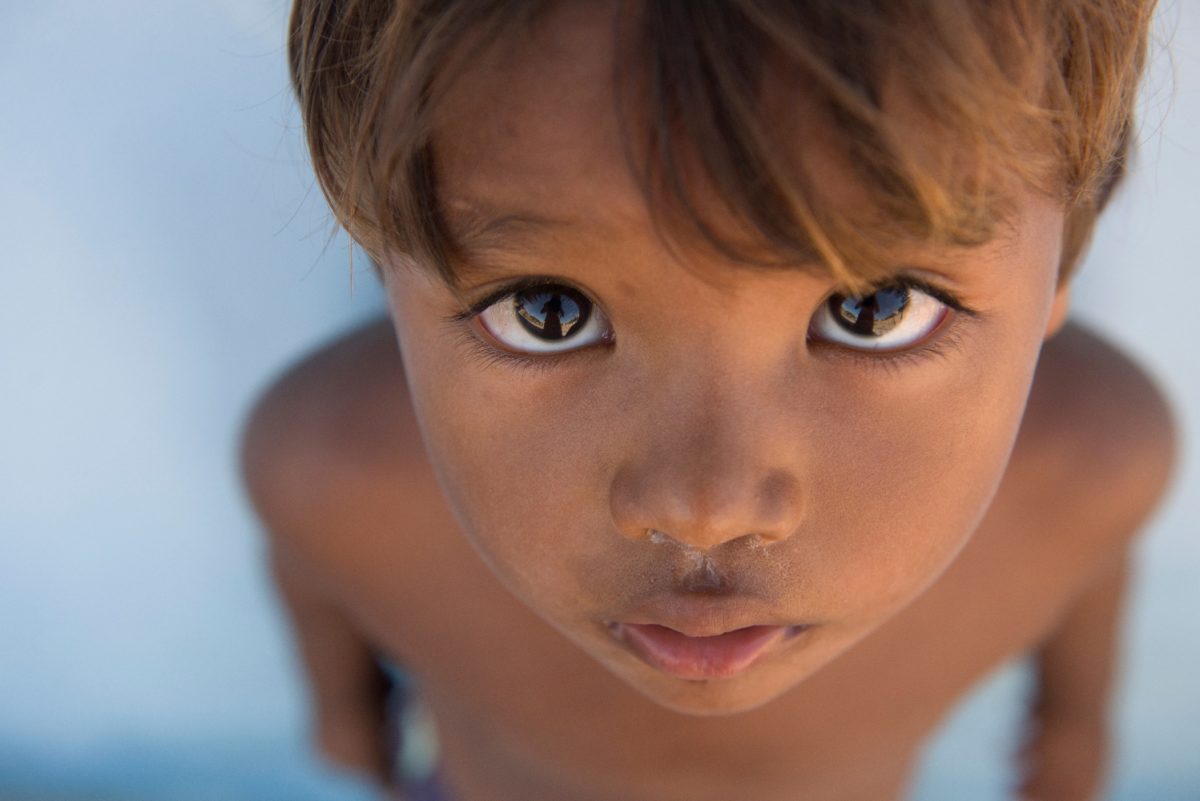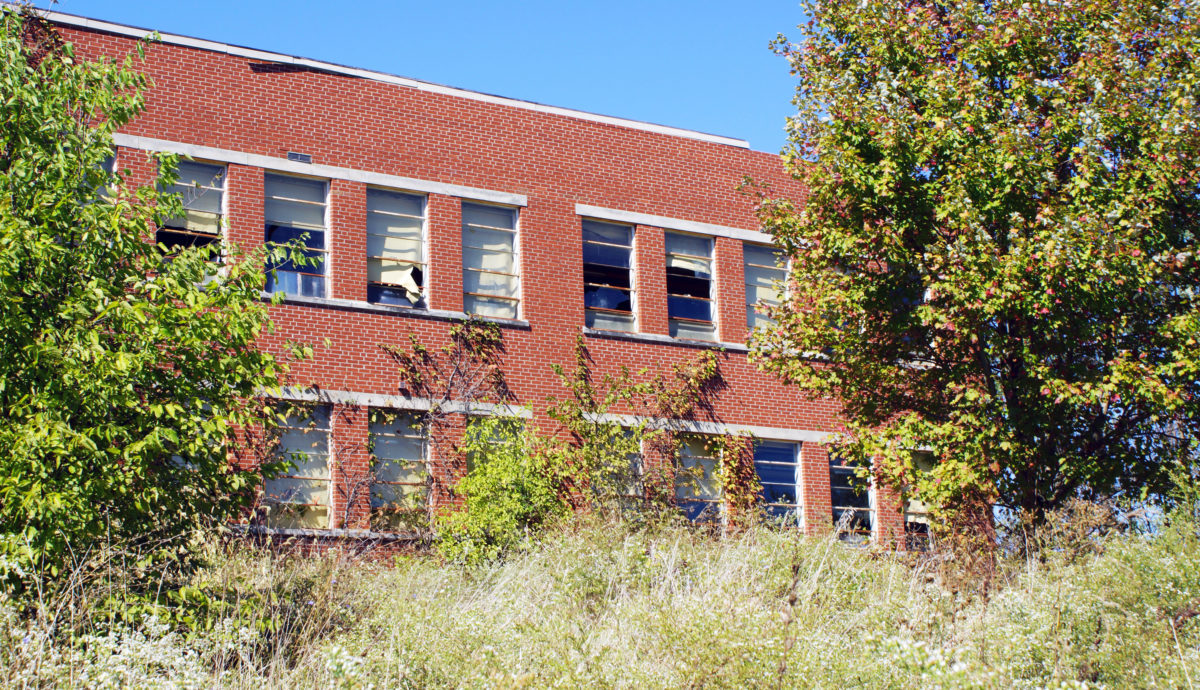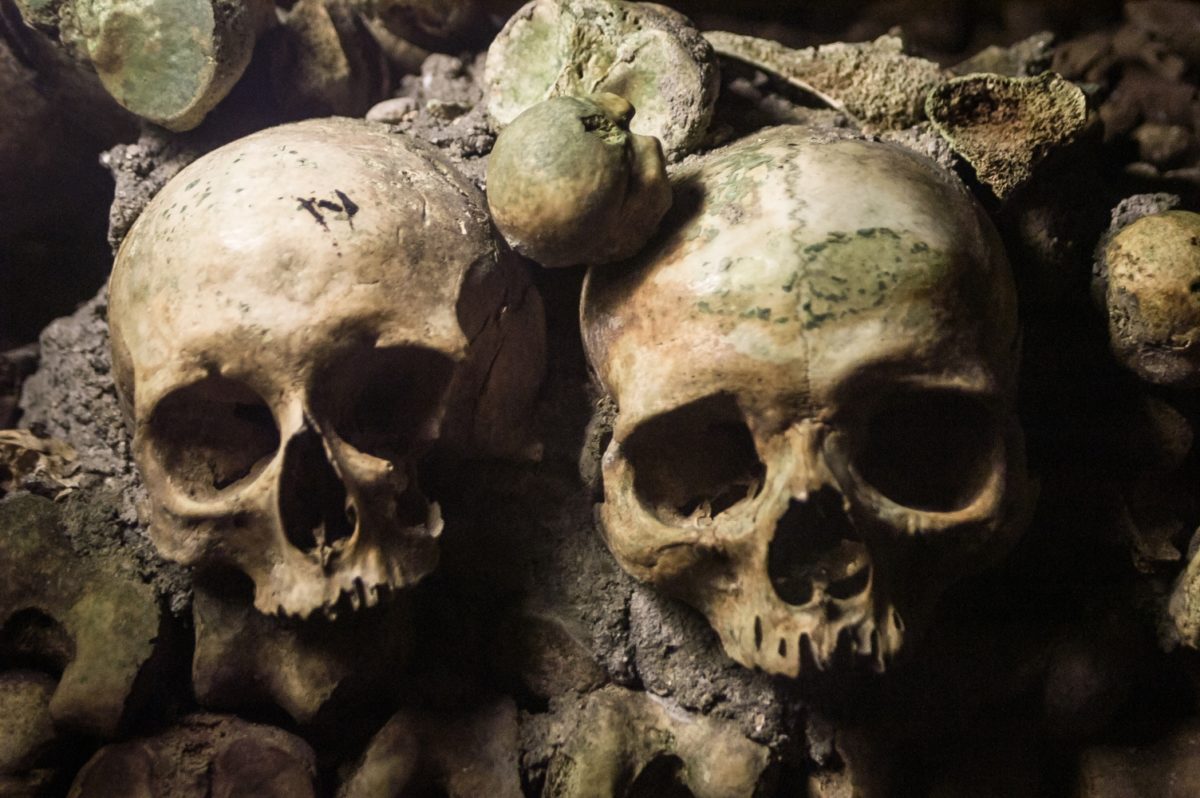Last week, the bodies of 215 indigenous children were discovered at a former residential school and many are calling for greater accountability and a search for more unmarked graves.
The Tk’emlúps te Secwe̓pemc First Nation announced the discovery of the children’s remains last week, found at the Kamloops Indian Residential School in British Columbia. The school, which closed in 1978, found remains of children who were as young as just 3-years-old.

This past Monday, Perry Bellegarde, national chief of the Assembly of First Nations, said the find should be a “catalyst” for further work uncovering these graves at school sites across the country.
“It’s a prime opportunity to do this very, very important work in all the residential school grounds,” he informed reporters.
“This has to be further researched and investigated. Kamloops is one school. There were over 130 residential schools that were operating across Canada.”
For over 100 years, thousands of Indigenous children were sent to residential schools across Canada, stripped from their parents in an attempt to assimilate them. These schools were usually run by religious institutions and have operated as recently as 1996.

RELATED: Prince Harry Remembers Diana’s Death in New Book for Children Who Have Lost Their Parents
The Truth and Reconciliation Commission of Canada, which was formed to examine the legacy of the schools, has identified at least 4,100 children who died of disease or by accident in these schools. It’s estimated that the actual number of deaths could be more than 6,000.
According to Bellegarde, survivors of the schools, as well as their communities, have told stories about mass graves for decades, “but nobody believed them because it was too horrific.”
In a 2015 report, the Canadian government’s Truth and Reconciliation Commission called the schools an act of “cultural genocide.”
Hundreds of graves have been discovered at these sites before but this latest discovery is particularly large, according to Katherine A. Morton, an instructor and researcher in anti-colonial and Indigenous studies at the Memorial University of Newfoundland.

Along with unmarked graves at the schools, many sites also purposely included cemeteries, she said.
“If you look at the blueprints for residential schools when they were first built, many blueprints indicated that there were plans for graveyards to be put in,” she shared with BuzzFeed News. “You don’t build a cemetery into a high school for white kids.”
In addition, she revealed how there were indications of mass abuse and deaths at these schools that stemmed back as early as the 1920s, but there was never any formal tracking of the violence while they were operational.
“We call upon Canada, and all of those who call yourselves Canadians, to witness and recognize the truth of our collective history,” said Grand Chief Stewart Phillip, president of the Union of British Columbia Indian Chiefs, in a statement.

RELATED: Mia Farrow Speaks On The Deaths of 3 of Her 14 Children Following ‘Vicious Rumors’
“This is the reality of the genocide that was, and is, inflicted upon us as Indigenous peoples by the colonial state. Today we honour the lives of those children, and hold prayers that they, and their families, may finally be at peace.”
Chief Clarence Louie of the Syilx Okanagan Nation in British Columbia stated how Indigenous people continue to feel the impact of the schools today.
“The level of inhumane and criminal treatment of First Nation’s children at the hands of colonial governments and organized religion is deeply disturbing,” he said in a statement. “We are calling on the Province of British Columbia and Government of Canada to directly address these atrocities.”
Memorials have been created at legislative buildings and other sites across Canada with people leaving pairs of shoes to symbolize each lost child. Scroll on to see the touching photos.
Mamas Uncut is THE online place for moms. We cover the latest about motherhood, parenting, and entertainment as well – all with a mom-focused twist. So if you're looking for parenting advice from real parents, we have plenty of it, all for moms from moms, and also experts. Because, at the end of the day, our mission is focused solely on empowering moms and moms-to-be with the knowledge and answers they’re looking for in one safe space.
